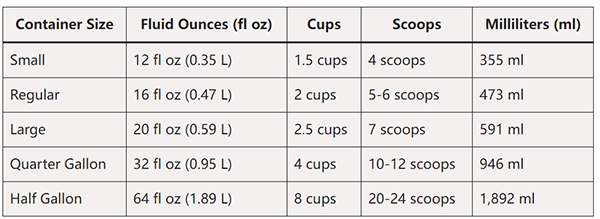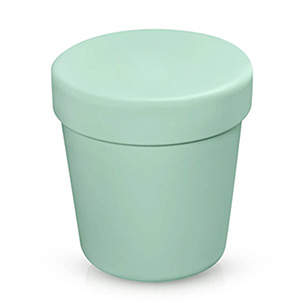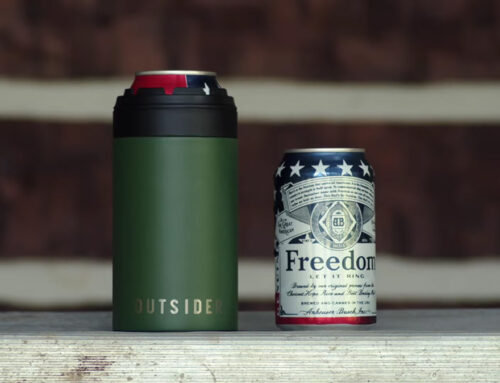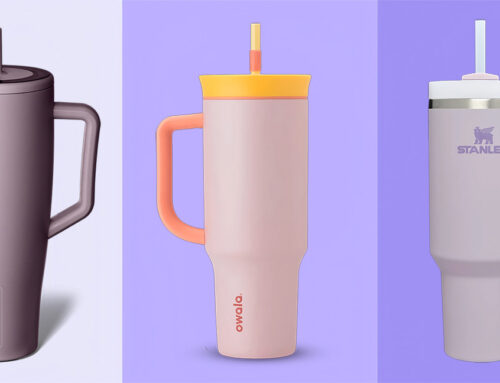1. What is ounce?
The origin of the ounce can be traced back to ancient Roman and Greek measurement units. Originally, an ounce was used to measure the capacity of liquids, and its name “ounce” is derived from the Latin word “uncia,” which means 1/12. In ancient times, a pint was divided into 12 ounces, and each ounce was further divided into 8 drams. Eventually, this concept was extended to measure the weight of solid objects, giving rise to the solid ounce. Over time, the definition of the ounce varied in different cultures and regions, but in the Imperial and US customary systems, its fundamental relationships remained unchanged, making it an essential unit for measuring both mass and volume.
An “ounce” is usually a unit used to measure mass or weight, commonly employed to quantify both liquids and solids in the Imperial and US customary measurement systems.
1.1 What is fluid ounce?
When it comes to fluid ounces, there are two main measurement systems: the Imperial system and the US customary system. Both of these systems use fluid ounces as units of liquid volume measurement. Let’s take a closer look at these two fluid ounces.
Imperial Fluid Ounce
The Imperial fluid ounce is commonly used in the United Kingdom and its former colonies. Its definition is as follows:
1 Imperial fluid ounce = 1/160 Imperial gallon ≈ 28.413 milliliters (approximately 28.4 milliliters)
The origin of the Imperial fluid ounce can be traced back to the traditional measurement system in the United Kingdom. The capacity of 1 Imperial ounce was defined as the volume of one cubic inch, which was derived from the historical use of ounces as units of weight, not volume. As a result, the Imperial fluid ounce is slightly smaller than 1 US customary fluid ounce.
US Customary Fluid Ounce
The US customary fluid ounce is commonly used in the United States and its influenced countries. Its definition is as follows:
1 US customary fluid ounce = 1/128 US customary liquid gallon ≈ 29.574 milliliters (approximately 29.6 milliliters)
The US customary fluid ounce was introduced as part of the metric system reforms in the United States, attempting to align with the Imperial system while maintaining some differences. Compared to the Imperial fluid ounce, the US customary fluid ounce has a slightly larger capacity.
Conversions between fluid ounces and milliliters
1 Imperial fluid ounce ≈ 28.413 milliliters
1 US customary fluid ounce ≈ 29.574 milliliters
1.2 What is dry ounce?
A dry ounce is a unit of measurement used to quantify the weight or mass of dry ingredients or goods. Unlike the fluid ounce, which measures volume, the dry ounce measures weight. Dry ounce is often used in the context of cooking, baking, and other culinary activities when measuring dry ingredients such as flour, sugar, grains, or spices. There are two main types of dry ounces used in different measurement systems。
Avoirdupois Ounce (Common or US Dry Ounce)
The common dry ounce, also known as the avoirdupois ounce, is part of the US customary system and is commonly used in the United States for weighing dry ingredients. One avoirdupois ounce is equivalent to approximately 28.35 grams.
1 US Dry Ounce ≈ 28.35 grams
Troy Ounce
The troy ounce is commonly used in the measurement of precious metals, such as gold, silver, platinum, and palladium. It is also used for some gemstones. One troy ounce is equivalent to approximately 31.1035 grams.
1 Troy Ounce ≈ 31.1035 grams
2. What is pint?
The term “pint” has its roots in the French word “pinte”, which likely came from the Latin term “pincta”, referring to the painted marks on the side of a container used to indicate its capacity. In ancient times, divisions were often based on the number eight, and in Rome, a pint was defined as 1/8 of a gallon.
In the United States, a pint is commonly understood as 16 fluid ounces, which means a pint-bottle, pitcher, or a standard glass of beer or soda contains 16 ounces. However, in the United Kingdom and Ireland, a pint is typically 20 fluid ounces, making it larger than the US pint. Regarding the conversion to metric measurements, a US pint is equivalent to approximately 473 milliliters (ml), while an English pint is equal to 568 ml or 20 ounces as mentioned earlier.
Cultural and historical factors have influenced the different interpretations and usage of the pint measurement in various regions, leading to the variations we see today. This diversity adds an interesting aspect to the way different countries handle measurements, especially when it comes to ordering beverages like beer.Many English-speaking countries, including the United Kingdom and its former colonial states like Canada, Australia, South Africa, and New Zealand, have officially adopted the metric system for most measurements. However, when it comes to ordering drinks, especially beer, they often use traditional units like pints. This practice is deeply ingrained in their culture and has historical roots. In contrast, the majority of the world uses the metric system for measurements, including beverage servings. A common serving size for beer in most other countries is a half-liter, which is approximately equal to 500 milliliters. This standardization allows for consistency and ease of understanding when ordering beverages internationally.
3. How many ounces in a pint?
As you can see, different countries have various standard for the size of pint, and this can sometimes lead to confusion for travelers or those unfamiliar with the different systems of measurement. It’s essential to be aware of these differences when ordering drinks or dealing with quantities in various parts of the world.
- In the United States, a pint is commonly understood as 16 fluid ounces (473 ml).
- In the United Kingdom, a pint is 20 fluid ounces (568 ml).
- In Australia, Canada, and New Zealand, a pint is defined as 20 imperial ounces, which is approximately 18.432 U.S. fluid ounces or 568 ml.
- In some European countries like Austria, Denmark, Germany, and Sweden, a pint is defined as 500 milliliters, which is about 16.91 U.S. fluid ounces.
4. How many ounces in a pint of ice cream?
We have mentioned above that a pint is a standard measurement. So is it for measuring the ice cream. Generally speaking, a pint of ice cream equals to 16 fluid ounces (2 cups of ice cream).To keep your ice cream cool and enjoyable for longer periods, you can consider using a stainless steel ice cream pint cooler. This cooler is designed to fit standard ice cream pints perfectly and will help maintain the ideal temperature of your favorite frozen treat on a hot day.
Here we’d like to show you a table to demonstrate the measurement of different sizes of ice cream, along with the option to use the ice cream pint cooler:

It’s good to note that the number of scoops may vary based on the size of the scoop used and individual preferences, but the table provides a general guideline for estimating the amount of ice cream in each container size.
Knowing the quantity of ice cream in a pint can indeed be useful for people who are watching their calorie intake or portion sizes. By this way, individuals can also better manage their ice cream consumption and make informed decisions about their dietary choices.
For those aiming to limit themselves to 200 calories of ice cream, measuring out approximately 4 ounces (a quarter of a pint) would help them stay within their desired calorie intake for that treat. This knowledge can be beneficial for people who are conscious of their calorie intake but still want to enjoy some ice cream in moderation.
5. Conclusion
Being knowledgeable about ounces and pints facilitates accurate measurements allows individuals to make informed choices in their daily lives. If you want more information, please contact us! KingStar is a top insulated stainless steel pint manufacturer in China. We provide one-stop custom stainless steel drinkware manufacturing service. Send an email to sales@waterbottle.tech, you will get quick reply within 24 hours.

Click and read more about drinkware capacity: How Many Fluid Ounces in a Tumbler Cup or Water Bottle







